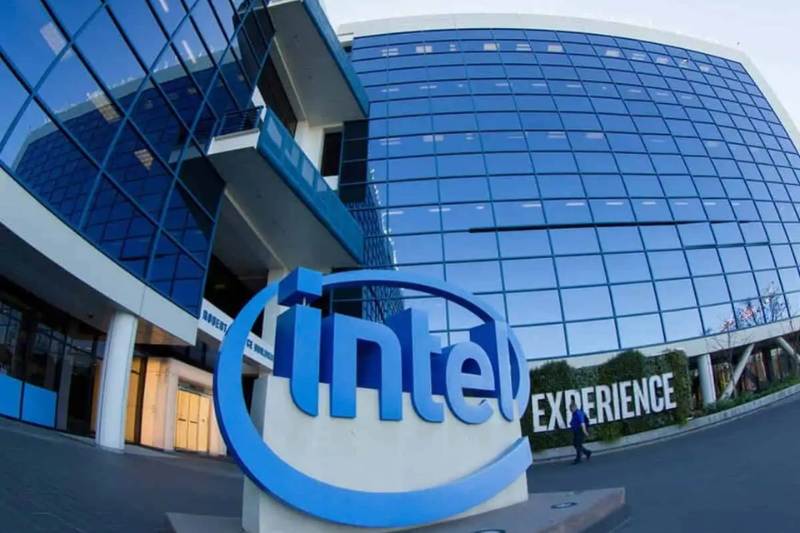
Intel layoffs 2025 isn’t just a headline—it’s a turning point in the semiconductor world.
The tech industry was rocked in April 2025 when Intel announced a massive layoff, cutting over 20% of its global workforce. That’s more than 20,000 jobs in a single sweep. It’s one of the biggest restructurings the company has ever seen.
Why is Intel doing this? Let’s break it down.
Intel’s decision isn’t random. It’s part of a radical restructuring plan.
The company has struggled in recent years. Once the undisputed leader in semiconductors, Intel has lost ground to rivals like Nvidia, AMD, and TSMC. The PC market is shrinking, and Intel’s attempts to lead in AI chips and foundry services haven’t yet paid off.
Enter Lip-Bu Tan, Intel’s new CEO.
Known for bold moves and turnarounds, he’s leading the charge to remake Intel into a leaner, faster, more focused company. The intel layoffs 2025 are his first major step.
The layoffs are global and cross-functional.
While Intel hasn’t released a complete breakdown, reports suggest that the biggest hits are in middle management, support engineering, administrative roles, and marketing teams. Intel’s U.S. offices in Oregon, California, and Arizona are among the hardest hit. But the impact is global. Employees in India, Ireland, and Israel are also affected.
For many, it’s a shocking change. Some have been with Intel for over a decade. Others face a sudden pause in their careers.
Intel released a brief statement, saying the decision was “difficult but necessary.”
The company emphasized its goal to restructure for long-term competitiveness. Intel also promised to provide severance packages, career support, and internal transfer options.
But for thousands of workers, it’s cold comfort.
The broader message is clear: Intel is pivoting fast. If you're not aligned with the company’s new direction, you may not be part of its future.
The market responded swiftly.
After the layoffs were confirmed, Intel’s stock (INTC) dropped by over 4%. Investors are nervous. Such large-scale layoffs often signal deeper structural problems.
At the same time, some analysts see hope. Cutting costs and streamlining operations might give Intel the agility it needs to compete in a fast-changing tech landscape.
Still, the pressure is on. INTC must now prove the layoffs will lead to stronger financial results.
This isn’t just about reducing headcount. It’s about redefining Intel’s mission.
CEO Lip-Bu Tan is focusing on more investment in AI chip development, expanding Intel’s foundry services, simplifying a bloated corporate structure, and accelerating product innovation.
For years, Intel was bogged down by slow decision-making and too many layers of management. These layoffs aim to change that.
Governments are paying close attention.
In the U.S., Intel is receiving billions under the CHIPS Act to expand domestic chip production. Critics are now asking: How can Intel cut jobs while accepting public funds?
Intel insists the subsidies are for long-term infrastructure and manufacturing. But the optics are tricky—especially with job losses making headlines.
Countries like India and Ireland, where Intel has major R&D centers, are also evaluating the impact.
The Intel layoffs reflect a larger shift in the tech world.
From Amazon to Google, tech companies are prioritizing sustainable growth over expansion. The age of rapid hiring is being replaced by a need for leaner, more agile teams.
For legacy players like Intel, this moment is critical. These layoffs could help Intel reassert itself in the AI and chip foundry race.
If this strategy works, it may set a new blueprint for how traditional tech giants restructure for the future.
The future of Intel now depends on execution.
The layoffs are just the beginning. In the next year, Intel must regain market share in the AI chip sector, launch competitive products, expand its foundry services, and rebuild trust with employees and investors.
It won’t be easy. But with a sharper team and a clear mission, Intel has a shot at a comeback.
The Intel Layoffs 2025 aren’t just about numbers—they’re about transformation.
This could be Intel’s last chance to reset and reclaim its legacy. Thousands are affected, and the industry is watching.
If Intel can turn the corner, the pain of today may lead to a more resilient tomorrow.